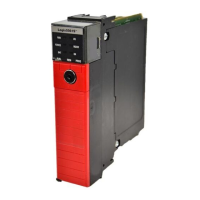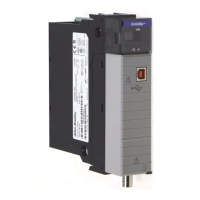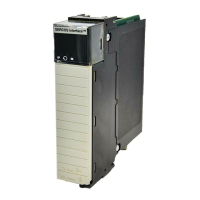54 Rockwell Automation Publication 1756-RM093J-EN-P - April 2018
Chapter 6 Safety Application Development
Specification of the Control Function
You must create a specification for your control function. Use this specification to
verify that program logic correctly and fully addresses your application’s
functional and safety control requirements. The specification may be presented
in a variety of formats, depending on your application. However, the specification
must be a detailed description that includes the following (if applicable):
• Sequence of operations
• Flow and timing diagrams
• Sequence charts
• Program description
• Program print out
• Written descriptions of the steps with step conditions and actuators to be
controlled, including the following:
– Input definitions
– Output definitions
– I/O wiring diagrams and references
– Theory of operation
• Matrix or table of stepped conditions and the actuators to be controlled,
including the sequence and timing diagrams
• Definition of marginal conditions, for example, operating modes and
EMERGENCY STOP
The I/O portion of the specification must contain the analysis of field circuits,
that is, the type of sensors and actuators.
• Sensors (Digital or Analog)
– Signal in standard operation (dormant current principle for digital
sensors, sensors OFF means no signal)
– Determination of redundancies required for SIL levels
– Discrepancy monitoring and visualization, including your diagnostic
logic
• Actuators
– Position and activation in standard operation (normally OFF)
– Safe reaction/positioning when switching OFF or power failure
– Discrepancy monitoring and visualization, including your diagnostic
logic

